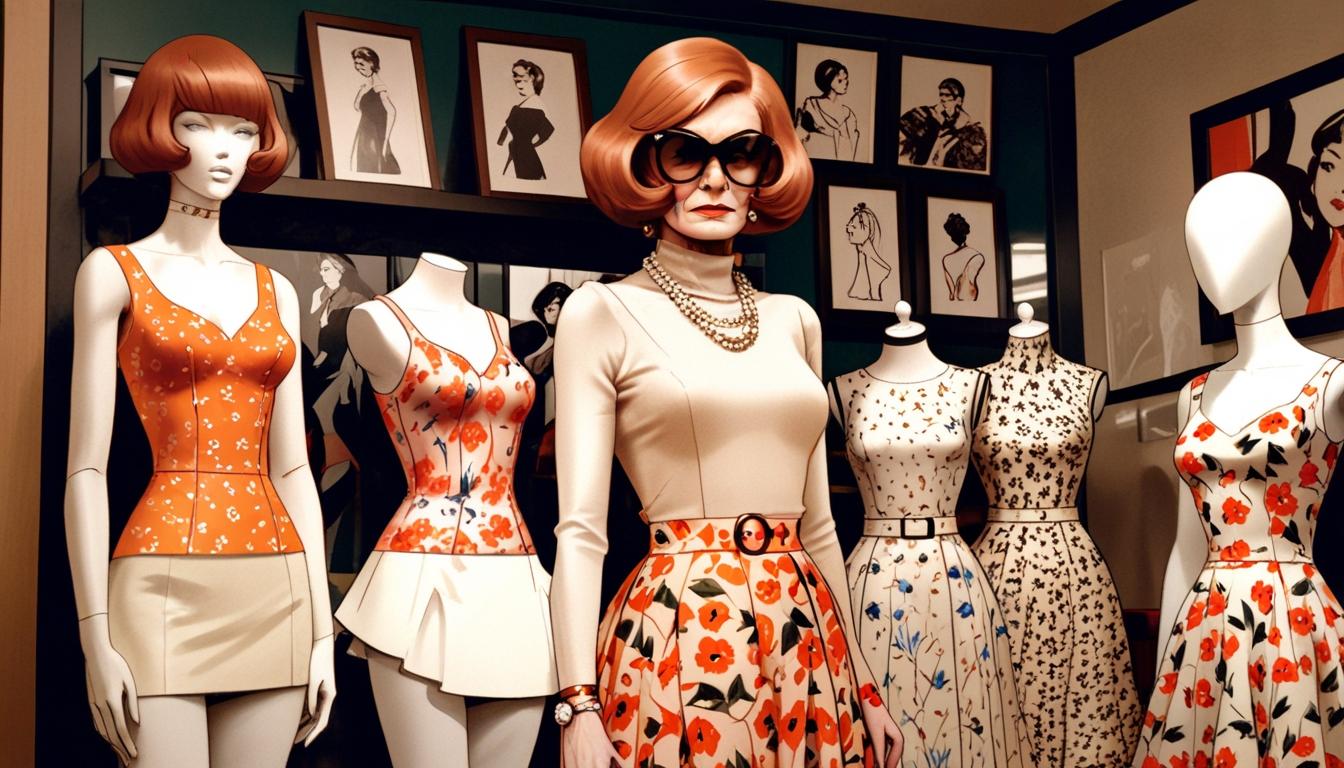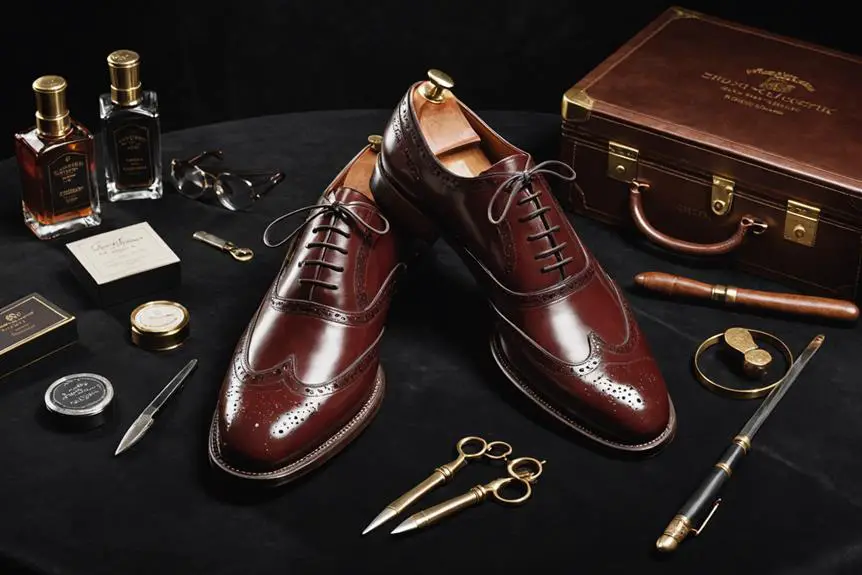The legendary British fashion designer returns to her roots while launching her autobiography, offering a deep dive into her impactful contributions to the style revolution of the 1960s.
Mary Quant, the influential British fashion designer known for her role in shaping the 1960s style revolution, has made a return to Chelsea, the iconic London neighborhood where she first captured the public’s imagination roughly fifty years ago. Her resurgence into this vibrant cultural landscape coincides with the release of her autobiography, which provides a reflective gaze into her life and career at the heart of a historical fashion movement.
During the 1960s, England underwent significant cultural shifts, with the emergence of notable figures like Twiggy and musical groups such as The Beatles. Mary Quant was a pivotal figure during this transformative period, opening her boutique, Bazaar, on King’s Road and introducing groundbreaking designs such as hot pants and the mini-skirt. Her innovative approach included the creation of the skinny rib sweater and the introduction of tights specially designed for mini-skirts, catering to the youthful desires of a generation eager for change.
Reflecting on her remarkable journey, Quant expressed her amazement at the life she has led. “Often, I think, my goodness, what an incredible life you’ve led; what good fortune you have,” she remarked in her recent autobiography. Her designs not only resonated with her artistic friends but also sparked a widespread demand that transformed the fashion landscape.
Quant’s autobiography delves into her professional triumphs and her personal life, particularly her marriage to her business partner, Alexander Plunket Greene. Their relationship was characterized by both tumult and joy, contributing significantly to her success. He employed creative marketing strategies that aligned perfectly with the spirit of the era, giving whimsical names to products, such as “Jeepers Peepers” for eye shadows and “Booby Traps” for her unique bra designs.
As Quant revisits the nostalgia of her past, she underscores her gratitude for the fortune she encountered. “The spirit of that era was truly special. Yes, I put in a great deal of effort, but I adored the work; it was delightful,” she stated, encapsulating the fervor of her efforts during a time of youthful exuberance.
Despite her achievements, she remains grounded about the impact and significance of her contributions to fashion, recognizing that her innovations allowed women to engage in life without compromising their appearance. “Central to my groundbreaking contributions were tights for mini-skirts and waterproof mascara; suddenly, women could cry, swim, and dash for the bus while maintaining their appearance,” quantifies the transformative essence of her work.
Her once-bustling Bazaar now hosts a coffee shop, offering hot pastries instead of the revolutionary garments she pioneered. Quant addresses modern fashion debates, specifically about body image and size, asserting that beauty is about the unique shapes of women’s bodies, not adhering to arbitrary standards. “It’s about the bones, and how they protrude at the right angles. There isn’t a perfect size; in the end, it’s all about the bones,” she emphasized.
Approaching her 78th birthday, Quant still embodies a chic presence, adorned in her signature styles that reflect the timelessness she advocates for. Her characteristic auburn bob, originally styled by Vidal Sassoon, has been maintained with care, showcasing her commitment to her identity as a style icon.
Throughout her life, Quant has been selective about her lifestyle choices, emphasizing moderation and discipline, especially during the countercultural movements of the Sixties. “I always found drugs frightening, and in the Sixties, they were ubiquitous,” she shared, preferring a glass of wine over substance use. Reflecting on the pressures of her bustling career, she recalls a time when her doctor prescribed amphetamines for her fatigue, a choice she later deemed unnecessary.
Her marriage with Plunket Greene was marked by both love and complexity. Even with the deep affection they shared, their relationship was tested by Plunket Greene’s struggles with alcoholism and infidelity. Following his death in 1990, Quant expressed the deep pain of losing a partner she described as “unfaithful yet loyal,” highlighting the tumultuous nature of their bond.
Despite the challenges, Quant has continued to thrive, navigating her personal and professional life with resilience. Today, she lives in a countryside home once shared with Plunket Greene, alongside her current partner, Antony Rouse. As she shares her story, she fondly recollects her past, reflecting on her journey from the lively streets of Chelsea to a quieter life, retaining a spirit of optimism in her narrative.
The exploration of Mary Quant’s life and career powerfully captures a significant era in fashion history, celebrating the creativity that emerged during a time of energetic cultural upheaval and providing insight into the life of one of fashion’s formidable innovators.
Source: Noah Wire Services




